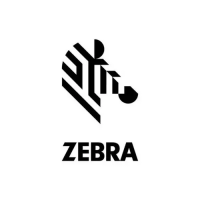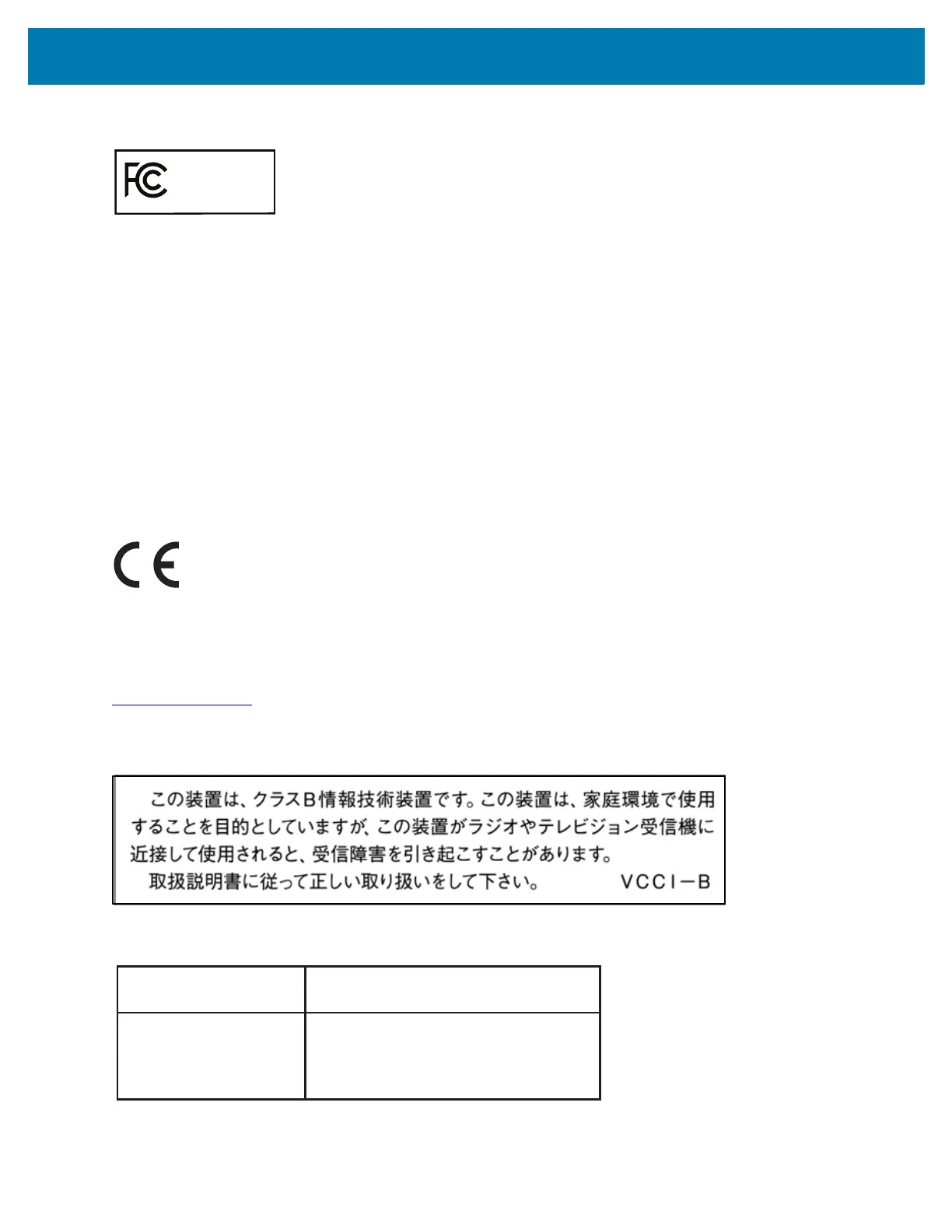DS9908 Hands-Free Imaging Scanner Quick Start Guide
15
Radio Frequency Interference Requirements
Note: This equipment has been tested and found to comply with the limits for a Class B
digital device, pursuant to Part 15 of the FCC rules. These limits are designed to provide
reasonable protection against harmful interference in a residential installation.
This equipment generates, uses and can radiate radio frequency energy and, if not installed and used in
accordance with the instructions, may cause harmful interference to radio communications. However there is no
guarantee that interference will not occur in a particular installation. If this equipment does cause harmful
interference to radio or television reception, which can be determined by turning the equipment off and on, the user
is encouraged to try to correct the interference by one or more of the following measures:
• Reorient or relocate the receiving antenna
• Increase the separation between the equipment and receiver
• Connect the equipment into an outlet on a circuit different from that to which the receiver is connected
• Consult the dealer or an experienced radio/TV technician for help.
Radio Frequency Interference Requirements - Canada
Innovation, Science and Economic Development Canada ICES-003.
Compliance Label: CAN ICES-3 (B)/NMB-3(B).
Statement of Compliance
Zebra hereby declares that this device is in compliance with all the applicable Directives, 2014/30/EU, 2014/35/EU
and 2011/65/EU. The full text of the EU Declaration of Conformity is available at the following internet address:
www.zebra.com/doc
.
Japan (VCCI) - Voluntary Control Council for Interference
Class B ITE
Korea Warning Statement for Class B ITE
Tested to comply
with FCC Standards
FOR HOME OR OFFICE USE
Marking and European Economic Area (EEA)
ꩡ끞녅껽驩ꓭ
韥눺ꙹ
%鞾韥韥
閵뇊끞ꗞꭖ뭪겕韥녅녡
넩韥韥鱉閵뇊끞%鞾놹녅볁놶뼞韥韥ꈑ
늱ꈑ閵뇊꾅ꩡ끞뼍鱉阸냹ꑞ놶냱ꈑ뼍ꐥ
ꑝ麕덵꾢꾅ꩡ끞뼕ꯍ넽걪鱽鲙

